Written by Morten Suhr Hansen
At the beginning of a new decade, it’s hard not to look back on the one that has passed, and it is especially interesting to put your ‘subscription glasses’ on and wonder about what the future will bring.
Just think 10 years back. Back then, Netflix was an American company that mainly lived on mailing DVDs to its customers in the US. Spotify was a small Swedish start-up that hadn’t even launched in most countries. Surprise boxes were not even a thing at that time. In addition, none of the tech giants had subscriptions on their radar. At the beginning of the 10’s, the subscription model was mostly reserved for newspapers, telecommunications companies and gyms.
Fast forward 10 years to now. The subscription economy has experienced somewhat of a boom. Today, consumers can subscribe to just about anything:
Film and TV shows, music, books, groceries, beer and wine, eyewear, bikes and cars, not to mention all the little everyday digital games, apps and other services, that we also subscribe to. The revolution has been so extensive that many are now talking about the ‘subscription economy’ as the new era we have entered.
The only question is whether subscription growth will continue into the 20s – or will companies and consumers get tired of all the new subscriptions? As you know, it is difficult to predict the future, but when it comes to the subscription economy, there is nothing whatsoever indicating that the pace will be slowing down anytime soon. Quite on the contrary in fact. Because, as I will show below, there are many areas where it has only just begun.
Here is my take on 10 important subscription trends you will see a lot more of in the coming years:
-
From ownership to usership
Consumers of the future wish to relieve themselves of the burden of ownership and instead renting access to large consumer goods. This enables consumers to gain much greater freedom and flexibility in life. Today, we already see the usership trend with cars and bicycles, and in the future, I expect that consumers will also subscribe to their furniture, washing machine and refrigerator, strollers, eyewear and all other bigger investments that otherwise weigh heavily – both economically and in decision-making. Major manufacturers and retailers will battle to win these markets, where the most user-friendly solutions will win.
-
Grocery shopping and other retailers will follow suit
It’s not only durable consumer goods that are now provided as subscriptions. In Denmark, we are already seeing a fierce battle to win the grocery shopping market with giants such as Matas and Salling Group both launching new subscription solutions in 2019. Why? Because we, as consumers, increasingly want the convenience of not having to think about ordering your next delivery. The other retailers will follow suit, which means that we will be able to get more and more consumables in recurring delivery in the coming years.
-
Consumers will demand a higher degree of personalization
A subscription is no longer just a generic subscription – and ‘one size does not fit all’! Ten years ago, it was the simple ‘All-you-can-eat’ model that gained popularity, but in the future, more and more subscription solutions – both digital solutions and physical products – will be tailored to the individual consumer’s wishes and needs.
-
Sustainability will become increasingly important
It has hardly passed anyone’s attention that there has been an increasing awareness of sustainability and climate awareness in recent years. The UN’s 17 Sustainable Development Goals are important both for businesses and consumers, and rising climate awareness will impact our consumption decisions and -patterns. Therefore, we will see more and more subscription concepts that are focused on sustainability and sustainable consumption. For instance, we expect to see meal box solutions that help minimize food waste as well as circular economy solutions where we increasingly share access to products through subscriptions.
-
Consumers become more proficient subscriber buyers
Ten years ago, it was widely recognized that subscriptions were especially good for businesses because customers often forgot what subscriptions they had and therefore never unsubscribed from these. However, this will not be the case in the future. As consumers, we are becoming more and more skilled subscribers. Technological solutions will give us easy access to view and manage our subscriptions, and services that do not deliver constant value will quickly disappear again.
-
Increased focus on experience and retention
As a result of the above, subscription companies must shift their focus; In the 10s, most subscription-based companies focused on creating an attractive model for customers to buy into and then pushing subscriptions through all sales channels. However, this has shifted and the subscription companies that manage to focus on the customer’s experience (thus creating a long life for its subscribers) will emerge as the winners of the future.
-
Mobility-as-a-Service: Subscribe to transport
One area, in particular, will experience complete change and transformation. My guess is that in ten years, (virtually) nobody will own their means of transportation. This is known as Mobility-as-a-Service, which simply means that we will subscribe to all transport – in the form of a service – that can effectively bring us from A to B. The different modes of transport will be tied together so that they are simple to combine, for example, car, train and taxi into one continuous journey.
-
Subscription will be possible for every type of company
The subscription ‘wave’ has so far been slowed (to some extent) by the fact that it can be quite complicated to implement a new subscription concept. It requires systems that can handle a subscription relationship and charge ongoing subscription payments, and often different systems must be integrated. However, many technology companies are working to make it simpler. Therefore, we expect that it will become as easy to launch a subscription business as it is to create a website today. It will open up a new wave of small and medium-sized businesses that are plunging into subscriptions.
-
Internet-of-Things paves the way for new types of subscriptions
In the future, more and more bits and bobs will be connected to the internet, which will create new digital services that consumers can subscribe to. For instance, imagine your bathroom scale in your home will be connected to the internet and send your health data in the cloud. With a subscription to both the scale and the underlying service, you can monitor your health and receive advice and guidance regularly … The possibilities are infinite…!
-
Subscriptions are not just for consumers – but also businesses
Let’s finish off with the trend that has the most amount of potential – at least measured in revenue: We expect that subscription sales between companies – the so-called B2B sales – will explode in the next 10 years. Companies will largely go from buying things to subscribing to services. This applies to most things that businesses buy today: cars, office furniture, printers and IT equipment, but also to manpower: subscribe to your accounting manager, SoMe manager, or your HR manager. In addition, some of the largest production companies are working on installations such as printing machines and entire factory plants that are provided as rentals or subscription model.
So, I believe that the 20s will be an even more successful decade for the Subscription Economy than the 10s were. What do you think?


